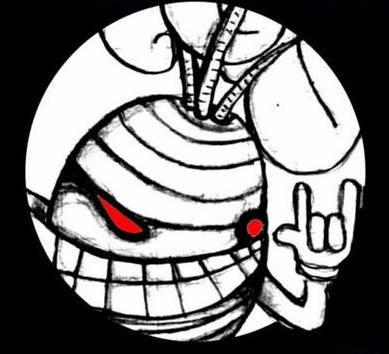It’s a cast for injuries.
Now you tell me what the bottom thing is supposed to be.
It’s an impossibly large gearbox. Even smaller ones would take decades of turning the first cog to move the last one.
Thank you. I’ve seen this post so many times, and this is the first time someone’s said what that was.
Are you saying you move the first one and it takes years before the last one moves? Meanwhile all the ones in between are moving the whole time? That sounds impossible!
It’s because of gear ratios. For each movement of the first gear , the second only moves a fraction of that, let’s say 1/20th. If the first gear moves at 1 full rotation a second, the next gear moves 1 rotation every 20 seconds, the next 1 every 400 seconds, and so forth. It adds up quite quickly, the tenth gear would take 16,235 years to make a full rotation in my example.
The picture above may or may not need more time than could exist in the universe to see any moment in that last gear.
I wonder how planck length affects a gearbox like that (but obviously the tolerances will come into play a lot sooner for a 3d printed gearbox)
No, you’d turn the first one then the second would only move a fraction of the amount, and the third would only move a fraction of that amount, and so on.
Until friction and tolerances cancel out any kind of movement. A gearbox with as many stages as the one in the picture, the torque required to start moving the last gear is bigger than the first gear can handle.





